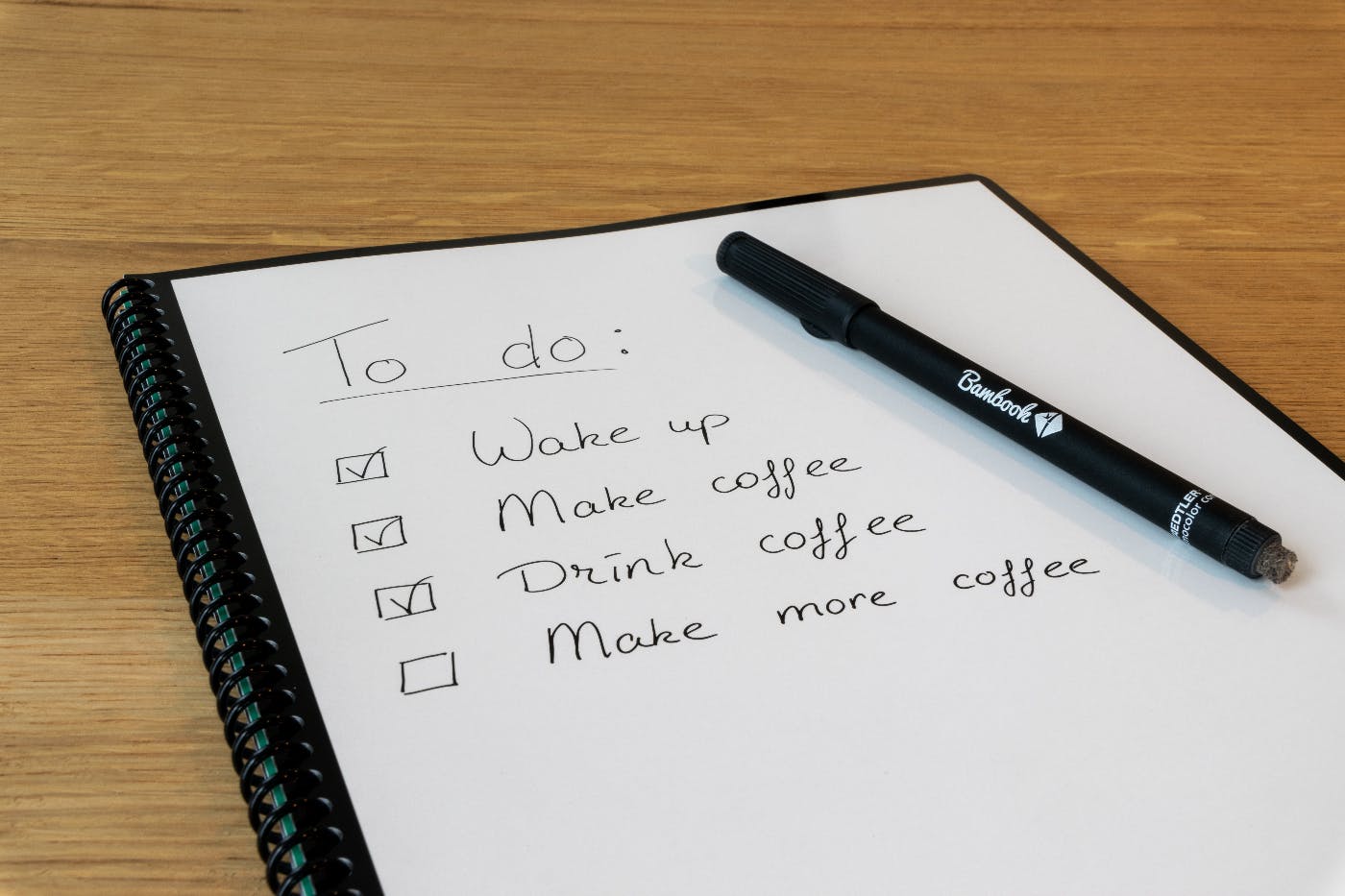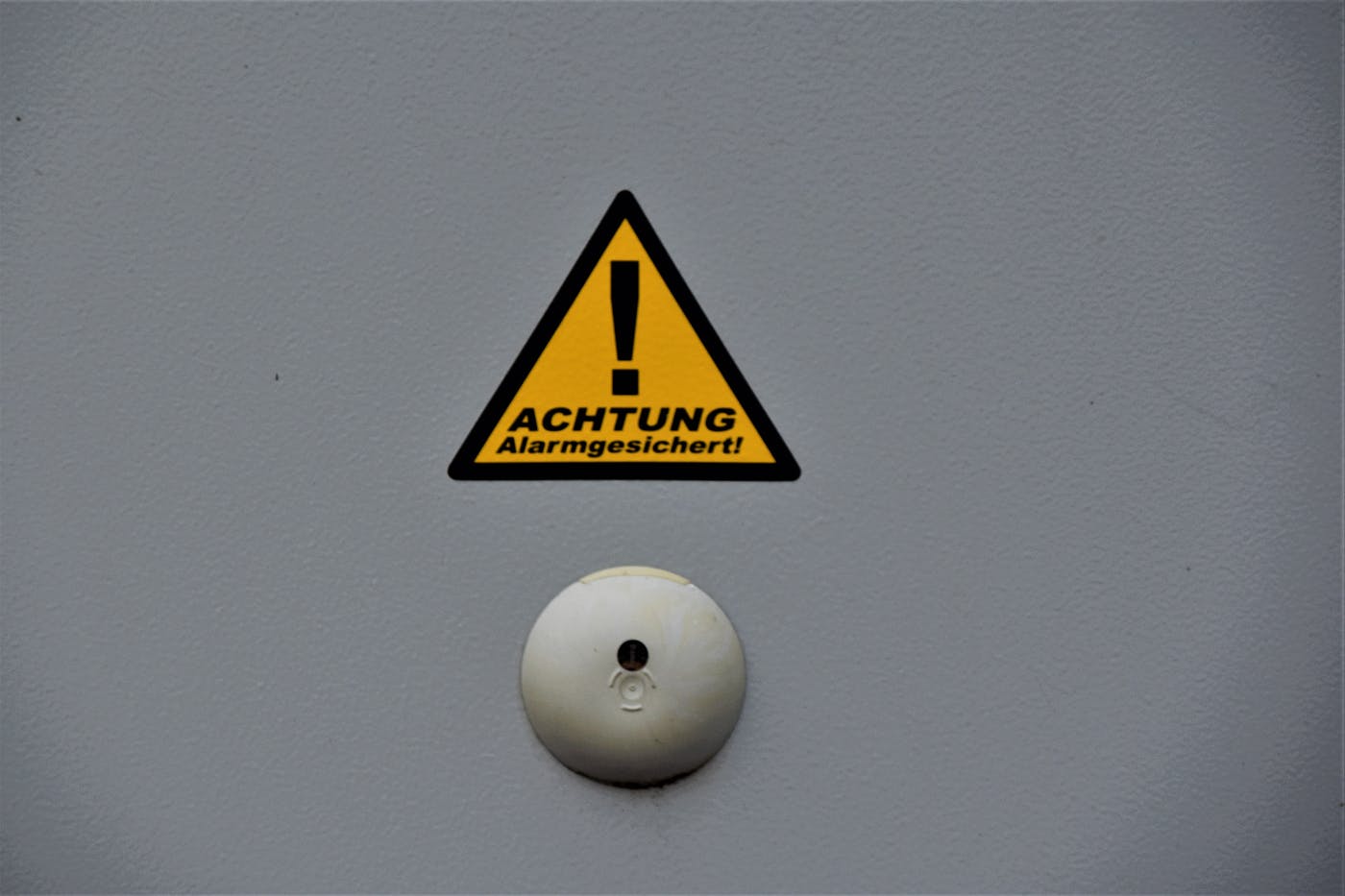
Here’s a simple truth, copywriting has existed for hundreds of years. It is not a new fad that came into being with the advent of the internet and became more “refined” with the introduction of social media. As long as there has been a product to sell, a language to write, and people to sell to, there has been copywriting.
Here’s a simple truth, copywriting has existed for hundreds of years. It is not a new fad that came into being with the advent of the internet and became more “refined” with the introduction of social media. As long as there has been a product to sell, a language to write, and people to sell to, there has been copywriting.
Truly great copywriting paints pictures, evokes emotional responses, and allows the reader to fill in gaps with their imagination, making the experience personal and active. Laying the groundwork, good copy leaves enough open so that the reader is engaged and doing some of the work. Spoon feeding doesn’t connect as well as hints and signs for the reader to follow.
David Ogilvy, a master of copywriting who set the standard in the 60s, is an excellent example of this implied writing that brings the reader along and allows them to participate in the event or the products.
Ogilvy’s 1959 Rolls-Royce ad employs a lovely bit of implied writing which comes at you from a different angle rather than a straight shot to your face. He could have said; this is a quiet car, but he allows the reader to figure that out on their own with his picture painting details. The sound of an electric clock, the anchor beating on the escapement wheel. It’s a tiny sound that gets drowned out by the slightest daily noise. In your own house, you’ll notice that you have to be immeasurably silent to hear the ticking of a clock. Ogilvy nails the quietness of the Rolls in one sentence.
That kind of perfection in setting tone and mood while forcing the reader to engage their senses to complete the imagery is just one way copywriting grabs hold, keeps attention, and sells products and services.
This article will examine the “checklist” of processes you want to write better, more effective copy.
Copywriting Checklist

The idea behind good copywriting is to be effective, which means your writing successfully produces a desired or intended result. Behind that effectiveness is specificity. To be truly effective, you’ve got to be succinctly specific. It’s not enough to say I want to sell something or get them to click the CTA. “Them” is unspecific; in this sentence, the word them is an unclear antecedent, it’s not specific, and neither is something.
As you look at this helpful checklist of ways to make your copywriting more effective, always keep the idea of specificity in mind.
Who are you talking to
There are many ways to express this, who is your target audience, define your avatar, and so on. The nuts and bolts of it is who are you talking to? The best way to engage with people is to have a conversation with them. Good copy is the start of a good conversation.
When you’re writing copy, it’s best not to think in terms of they or them; think of that one person and have a conversation with them. They or them is the crowd; the masses and masses are not specific.
When you have that one person in your mind, then think of the tone, the cadence of the language they would use in their life. If you’re selling to blue-collar, hard-working Joe, you don’t want to use language that could make the reader feel they are being talked down to or over. Make sure your copy is conversational to the ideal person you’re writing for.
If your language is conversational, there is a higher chance the copy will convert as conversational language is easier for your prospect to relate to and digest.
Have a Specific Result in Mind
Again, specificity is essential. Have a clearly specific result in your head that you want your reader to follow before setting any words down.
Think of it this way, if you had magic words that could make the reader do anything you want, what would those words be? In other words, what is the Call To Action?
Your call to action or CTA should always be in the front of your mind as you write copy. What do you want the reader to do, call the office, set up an appointment, or click a button on the website? Whatever it is, make sure it is specific, then tailor your copy to that CTA.
Writing towards getting a person to hop in their car and drive down to your big end-of-the-year sale will require a different approach than having them sign up for a newsletter or click a button on the site. Your copy has to be crafted to achieve the specific goal.
You Want Something; We Got Something
If your reader took action just because you wanted them to, copywriting would be simple, just write, hey, please buy this, and you’re done. Sadly, that doesn’t happen. A potential customer will always act in their own best interest and not because you asked them to.
Knowing this, you’ll make sure your copy specifically communicates the benefits of your product or service. Find the pain points your potential is experiencing and address those points specifically.
Your copy should also offer your potential something to make it easier for them to experience the benefits. Offers could be anything from a free consultation to a great low price. Set up the result, the benefit, and then make it easy for them to experience the great benefits of your products or service with the offer. You want something; we have that for you.
Your Attention, Please

It will be nearly impossible to get your potential to click a link, push a button, come to a sale, or take you up on a special offer if they aren’t paying attention to you. So, before you can lay out the buffet, you have to get them in the door.
Grab the reader’s attention with a great headline. A great headline stops them, even for a moment. Even if they don’t read all the copy, a headline can give them the gist, and they will remember it. Maybe they come back later; maybe in conversation, something will remind them of that headline.
A good headline will take you far, so take the time to craft a headline that pulls their eyes out like a magnet. An excellent way to do that is to make sure the headline addresses at least one big benefit that would interest your potential customer.
Provide Proof, Get Confidence
Potential customers may shy away from you and not do business with you, especially if you’re new to an area, because they fear you won’t live up to your hype. They are leary of being taken advantage of and need a reason to trust you.
To assuage their worry, provide proof that you’re legitimate and have provided the stellar service or products you lay claim to in your copy.
How do you provide proof? Here are a few ways,
- Testimonials and/or reviews from past clients, customers, or patients
- Endorsements from peers in your industry
- Press mentions
- Awards
- Certifications
If you’re selling products or services online, add ecommerce security logos to prove your online actions are secure and legit.
Keep Things Skimmable
It’s even harder to hold a person’s attention now with the heavy presence of social media. There are no complete sentences, and most of the emotional content of social media is expressed through emojis.
What does this mean for you, intrepid copywriter?
It means that some people will read all your copy, but most will just skim it.
You can fight this, and we’ll discuss this in a moment, but what will bring you easier and better results is to keep your copy skimmable.
Make sure anyone glancing over the copy can grab and hold its gist with ease. You can do this by breaking up your copy into shorter paragraphs, just small bites of information. Also, bold headlines that sum up paragraphs work well. Bullet points are also great ways to reduce your reader’s commitment to the copy while providing easily digested information.
Keep in mind that this isn’t as easy as it sounds. You are being tasked with putting a lot of vital information into a few choice, descriptive, specific sentences.
Specificity With CTAs
We touched on the importance of CTAs already, but it bears repeating because a CTA is how you’ll gauge and track the success of your copy.
You can read articles on this subject, and copywriting checklists, and the writer will say, “Make sure your CTAs are obvious.” That’s true; however, that’s not specific.
An obvious CTA could be a ginormous button, but that doesn’t consider the copy.
Your copy should be very specific regarding the CTA, precisely what you want the potential customer to do and why. Make sure the CTA works with your audience’s needs. Again, a CTA to get in the car and drive someplace will be different from just clicking on the website. Make sure your copy specifically reflects that.
That’s a quick and easy seven-step checklist to ensure your copy is at its most effective best. But, there are a few other things to discuss, so read on!
Copywriting For Creatives

As a copywriter, you need to remember that you’re not a technical writer; you’re a creative writer, and that will help you when crafting the stories of the products and services you’re writing about.
Being creative is essential as you imagine the people you’re specifically writing to and what story you want them to hear, and how they put themselves into that story.
Let’s go back to Ogilvy again and his famous 1956 Rolls Royce copy. He was writing in what is called long-form. He had the advantage that people in that time didn’t have the internet, and people were used to reading books, newspapers, and magazines; they enjoyed reading and didn’t need to rush through copy.
Ogilvy told stories with his copy. Instead of telling the reader that the car is quiet, he tells the story of the engineers using a stethoscope to detect any engine whine. This allows the readers to conjure an image in their minds of motor engineers hunched over the engine with stethoscopes, and none of them can detect even the hint of engine noise. A much more powerful image than saying the engine runs quietly.
As a creative writer, you can recognize this technique. It is when the writing is so compelling, and yet all the details are not laid out in stone. You've allowed space for your reader to put themselves into the story.
This kind of writing happens all the time. One of the reasons the Harry Potter series was so popular is that kids whose lives were ordinary or even unpleasant could put themselves into Harry’s shoes. They saw themselves living his adventures.
Your copy has a specific purpose, but you can also see it as telling the story of the company, the product, the service, and use your creative writing skills to make that story more compelling.
Length of Copy
We said in the section above that you want to make your copy skimmable, and yes, that is true. However, there are times when you should throw that rule out the window and offer the client a longer story.
As a creative writer, you will want to trust your instincts and know when it is good to write longer, more detailed passages when the words painting a picture add to the goal of getting the potential customer to the desired CTA.
This is a fine line as you don’t want to overwrite and fill your copy with purple prose to the extent that the reader drops off to sleep or gets frustrated that no point is being made. If you decide to write longer passages, keep your CTAs in mind and make sure you don’t wander too far afield. Be sure you’re not just writing longer passages just to write more. The longer you write, the more specific you need to be.
If you keep your goals for the copy specific, then there is nothing wrong with weaving a good story or writing more words than the “acceptable” word count. Let your creative mind wander and work for you as you craft a good story drive bit of copy.
Implied copywriting works well; in this case, it allows the reader to be more actively involved in the copy and gives them a better chance of putting themselves in the story you’re telling.
If you think of the elemental hero’s journey when you're writing copy, it will give you more chances to be creative. The hero of the copy story is the potential client, and their journey through pain points and disappointment leads them to redemption and success with your products or service.
Not Content Writing

A caution here. Your copy may be a bit longer than the norm, and that’s okay; however, the copy still needs to be tight. If you’re adding imagery, okay, but pick your images to have a specific goal in mind. Don’t indulge in a Joycean rant just because you have the steam. Err more on the side of Hemingway, who was detailed but very succinct.
Do not forget that we’re talking about copywriting, which is significantly different from content writing. Do not get your copy and your content work confused. Content is supposed to be longer and more detailed. That doesn’t mean your copy cannot be longer than the average stuff if you’ve got good writing going on; it just means that website copy is not blog-length material.
Break the Rules
Again, going back to David Ogilvy, we see a writer who broke the rules and set the standard. Having a best practices guide to good copywriting is one thing, but you also have to know when you can bend or even break those rules.
Writing, copy, or content is a creative endeavor, and all creativity comes with risk. Don’t be afraid to take risks when writing your copy. Write longer passages with more detail. Use words
that may be considered “big” by some. Using a slightly elevated vocabulary isn’t always bad. It’s called writing up. It may cause the reader to wonder what the word means and look it up. In that case, you’re elevating the reader and bringing them up a level. There’s nothing wrong with teaching while leading the reader to the CTA.
Knowing when to break the rules and doing so judiciously will make your copy unique and stand out. As long as you keep the rules in mind and don’t abandon them completely, you can take some risks with your copywriting.
Qualities Of A Good Copywriter
When thinking about what makes a quality copywriter, some stuff is so obvious you wonder if the people seeking the writer understand what the writer does. Good writing skills, a strong knowledge of the English language, and creativity are all givens; all writers possess these traits. But, some attributes that a high-quality copywriter has may not be as evident. Here are six qualities that separate good copywriters from genuinely great ones.
Research & Interview
The truth about copywriters is that they constantly move between clients, which means moving between industries. A good copywriter can do quick and valuable research so that they can have an excellent working knowledge of the industry, product, or service they're writing about.
But beyond google searches and collateral provided by the client, a top-notch copywriter is a skilled interviewer, and they understand that interviewing stakeholders can be more valuable than research alone.
A copywriter has the skills of a reporter, asking questions that dig deep and cause the interviewee to open up and expose the truth and real meaning behind the scenes. Good interview skills are learned and earned, so brush up if you feel weak in this area.
Driven to Learn
Because a copywriter bounces from client to client, they must have a thirst for knowledge that goes beyond googling for the sake of copy. A genuine interest in learning about individuals and products makes a difference in copywriting.
That drive to learn more gives a copywriter a better understanding on a deeper level. Also, what the writer learns from one client can possibly enhance how they work with or understand multiple clients.
A drive to learn keeps good copywriters on their toes and makes their copy richer and more exciting.
A Thick Skin
Every writer knows that now and then, you have to kill your darlings. That’s never easy to do, even if you know the result will mean better copy.
The other side of the coin is rejecting all feedback because your copy is too precious, and it needs to be exactly how you wrote it. It’s easy, as a copywriter, to say the client doesn’t get how good this is, or the client is wrong, and they need to listen to me. That is a dangerous mindset for a copywriter to fall into.
A good copywriter has strong convictions, and they know when it’s best to let those convictions take a back seat. Being cantankerous doesn’t make you better; it just makes you a pain in the ass that no one wants to work with.
Also, if you’re flexible and willing to listen and change copy when you do stand up for something that you genuinely believe is better or right, it will have more impact. Don't take rejection personally, change the copy when needed, and choose the proper time to take a stand.
Not Tied to Perfection
“Art is never finished, only abandoned” -Da Vinci. We all know the feeling, if I had one more day, let me just hold this for a few more hours, etc.
When we set out to write something as copywriters, of course, we want to pen the game-changing, life-affirming piece of copy that becomes the idol of the ages. It’s a nice thought, but it’s not going to happen. This doesn't mean you compromise on quality; it means a good copywriter knows that the idea of perfection is futile.
If we had our choice, we would just go on tweaking copy for the rest of our lives. But, a good copywriter knows when to stop and when good enough is good.
Willing to Ask for Help
Copywriting is just a small bar of the marketing spectrum, and copywriters, though sometimes it feels we’re on our own, are part of a team.
Part of that team may be an older, more experienced copywriter. We all had teachers, coaches, editors, and colleagues who have helped get us to where we are; those relationships, the mentor/mentee, never go away.
A good copywriter knows that asking for advice or help doesn’t weaken them; it makes them better. And a willingness to step away from the “lone wolf” image of the writer and ask for help
shows confidence and understanding of the field. You don’t have to do this alone, and knowing that makes you a better copywriter.
They read

A good copywriter is always reading. They read industry books and manuals, other people’s copy, and they read books, fiction, non-fiction, biography, history, and more.
A copywriter should have a love of language and the written word. The way to keep that love fresh is to engage it constantly. Copywriters should always be reading for pleasure and work. No matter what reason, they get better at their craft when they read.
Reading keeps them up to date so that they never become out-of-touch with the industry and the world, and reading helps develop language and writing skills, which a good copywriter always keeps sharp.
Why You Need A Copywriter: Contact Us Today
Ignoring the copywriting aspect of your marketing project is akin to walking into a tennis match without a racquet. You’re leaving one of your most potent weapons on the sideline. Copywriting is not content writing. It is more streamlined, has a direct, emotional appeal to the customer, and is an active part of the best marketing campaigns.
Active meaning it gets your potential customers doing and interacting with your brand in a meaningful, profitable way. Content may inform and entertain; copywriting puts a fire under their butts and gets them moving. High-quality copywriting can make an ad campaign legendary.
Don’t make the mistake of undervaluing good copywriting. When done well, it puts your brand above the rest of the competition—knowing that, why trust your copywriting to anyone but ThoughtLab. Our writers take the time to craft the message and create copy that is inspiring, motivating, captivating, and on point.
Don’t leave your A-game in the locker room. Trust ThoughtLab to weave copy that gets the message across and actively engages people. Contact ThoughtLab today for a free consultation. Make what you write right.
Contact ThoughtLab for a free consultation and let our writers help you see further.

